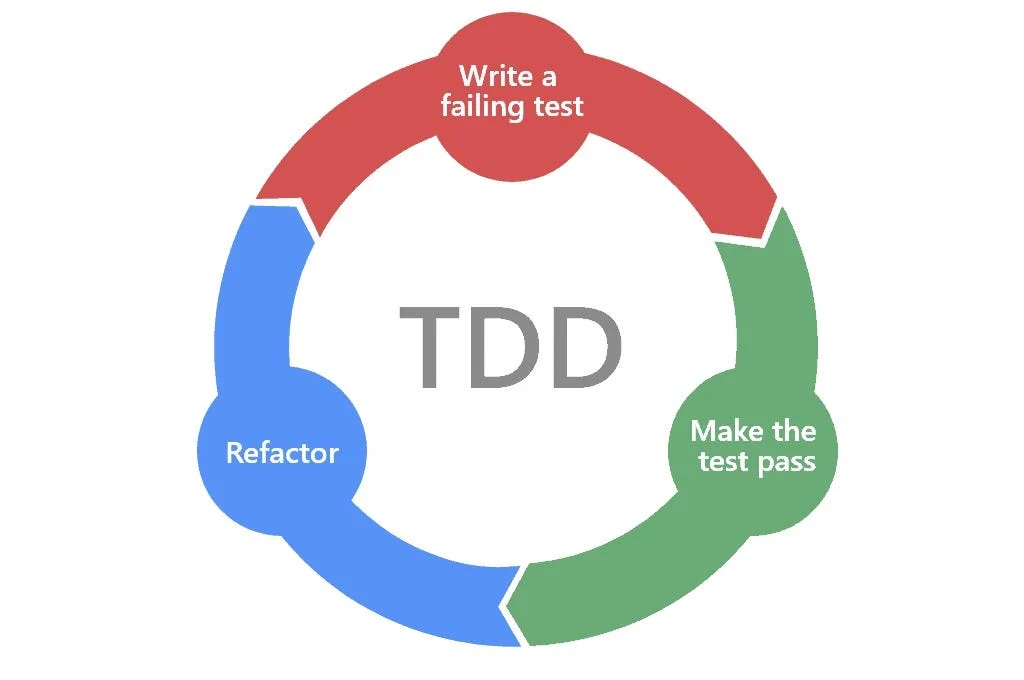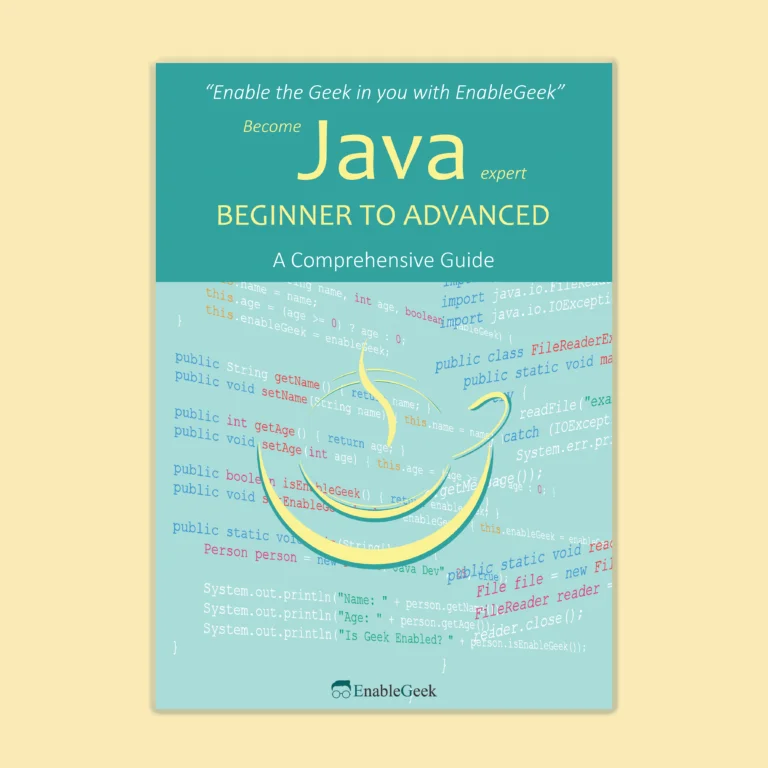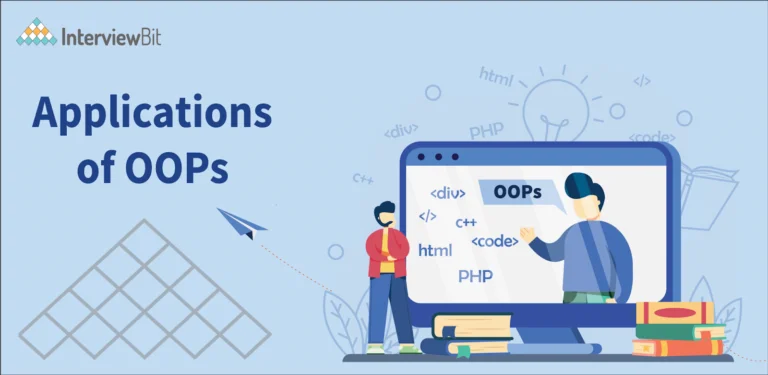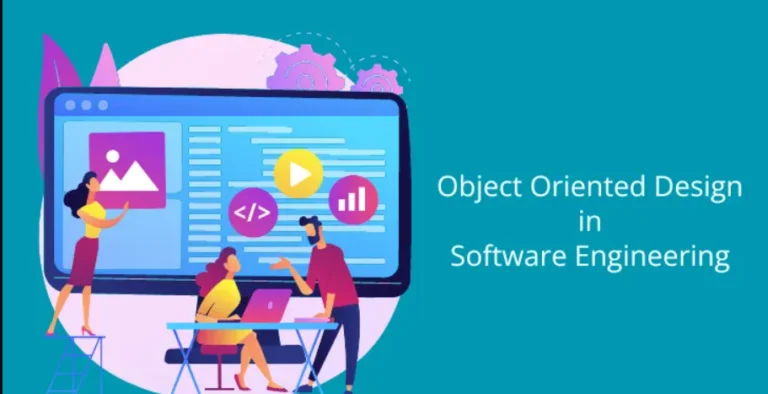Within the field of software development, Test-Driven Development (TDD) is a unique technique that places a higher priority on developing tests than on implementing actual code. This method encourages developers to be proactive by helping them specify and envisage the expected behavior of their code upfront. By using TDD, developers foster a continuous testing and improvement culture and ensure their codebase’s scalability and dependability.
Combined with the concepts of Object-Oriented Programming (OOP), TDD becomes an even more powerful tool for developing reliable and flexible software systems. We’re going to take a deep dive into the complex relationship that exists between Object-Oriented Programming and Test-Driven Development in this extensive tutorial. We’ll explore the core of TDD with OOP, covering everything from basic ideas to sophisticated techniques, and show how this dynamic pair may enable developers to produce cleaner, more manageable codebases. Come explore the concepts, methods, and significant advantages of Test-Driven Development within the framework of Object-Oriented Programming.
Understanding Test-Driven Development (TDD)
The software development methodology known as Test Driven Development (TDD) uses test cases to define and verify the functionality of the code. To put it simply, test cases are built and tested first for every functionality. If the test is unsuccessful, new code is produced to pass the test and make the code clear and error-free.

Test-Moved The first step in development is creating and designing tests for each minor feature of an application. The TDD framework limits the number of times developers may create new code when an automated test fails. This keeps code from being duplicated. Test-driven development is the full name for TDD.
For example:
creating and fixing failing tests before creating new code (before development) is the basic idea behind TDD. Because we develop little bits of code at a time to pass tests, this helps prevent duplication of code. Tests are simply the requirements and conditions that must be tested to be met.
Creating and executing automated tests before the actual construction of the application is known as “test-driven development.” For this reason, TDD is also known as test-first development.
TDD Cycle
Three Phases of Test-Driven Development

- Create precise tests: To ensure that certain features operate as intended, developers must write accurate unit tests. To enable the test to run, they have to make sure it compiles. The test is almost always going to fail. Given that developers build concise tests based on their presumptions about the behavior of the feature, this is a significant failing.
- Correcting the Code: When a test fails, developers have to make the bare minimum of adjustments to the code so that it re-executes properly.
- Refactor the Code: Check for duplication or potential code improvements to improve overall efficiency once the test has been completed successfully. Make sure that refactoring has no impact on the program’s external behavior.
Four pillars of OOP
Almost everything is seen as an object in the field of object-oriented programming, or OOP. In OOP, what exactly is an object? Data, also known as attributes or properties, and methods are included in objects. OOP uses four fundamental principles—encapsulation, inheritance, polymorphism, and abstraction—to enable objects to communicate with one another. These four OOP concepts allow objects to cooperate and interact with one another to build strong applications.

ENCAPSULATION: The idea of encapsulation is to keep other parties from knowing how objects are implemented. It claims that all relevant data is inside the object and that just a subset of the data is accessible outside. The internal workings and state of each object are kept confidentially inside the designated class; other objects cannot access or modify it. Rather, they are limited to using a select few public services or features. This type of data concealing lowers the possibility of mistakes, increases program understandability, and gives program security and control over object state changes.- INHERITANCE: The concept of inheritance gives programmers the ability to build new classes based on pre-existing (parent) classes and modify or add new methods and attributes as needed. This helps to avoid code duplication and makes maintenance easier for projects with thousands of lines of code. Developers can construct objects with similar code or logic but distinct properties by using the parent class’s logic in the child class. As a result, the code becomes less complex and there is no longer a need to construct a new object for every item that the program uses.
- POLYMORPHISM: In addition to inheritance, polymorphism allows objects of various classes to carry out identical activities with differing codes. For example, a variety of information about objects of the “car,” “plane,” or “ship” type may be displayed using the “show information” technique. Moreover, polymorphism facilitates the development of modular and adaptable programs. In general, it makes development easier since it is possible to create shared functions and procedures that can be used for a variety of object kinds.
- ABSTRACTION: With the use of abstraction, you may concentrate on a system’s core components while ignoring minor aspects that don’t affect its main functions. It enables you to create programs that are easier to comprehend. You may think of abstraction as an extension of encapsulation. Consider applications that have thousands of lines of code. By the principle of abstraction, every item discloses only a particular mechanism of use. As a result, the internal code gains significant object independence. For example, in a movie database software, you may define a class called “Movie” that exposes just the most critical information—title, release year, and genre—while concealing the less critical features—shots or technical details.
Applying TDD with OOP
Object-Oriented Programming (OOP) and Test-Driven Development (TDD) are two programming approaches that work extremely well together since they both encourage modular, manageable, and testable code. When using TDD with OOP, developers use OOP concepts to create clean, modular, and testable code by adhering to a disciplined test writing process before building production code. Now let’s look more closely at how TDD and OOP may work together:
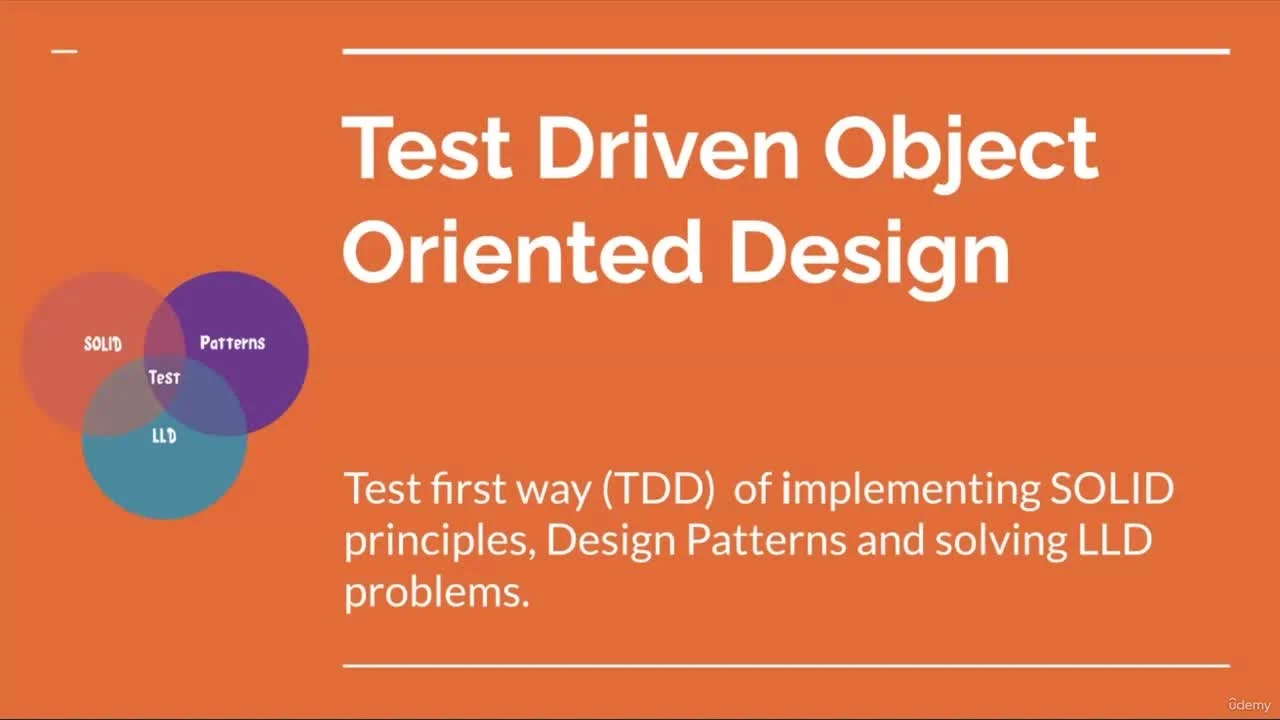
Writing Tests
- Unit Tests: When using TDD with OOP, developers begin by creating unit tests for distinct code units, usually methods or classes. These tests use test doubles (mocks, stubs, etc.) to isolate dependencies and concentrate on verifying the behavior of a particular unit in isolation.
- Behavior-Driven Development (BDD): Tests should be written in a human-readable, domain-specific language, according to BDD, a variant of TDD. By utilizing descriptive language to define the behavior of the system, BDD promotes cooperation amongst developers, testers, and stakeholders.

Designing Classes
- Encapsulation: When creating testable code, OOP concepts like encapsulation are essential. Writing tests that concentrate on an object’s outward behavior are made simpler by encapsulation, which conceals an object’s underlying state and provides a well-defined interface for dealing with it.
- Dependency Injection: To handle dependencies between classes, Dependency Injection, or DI, is a design pattern that is frequently used in TDD with OOP. Developers can substitute dependencies with test doubles during testing by injecting dependencies into classes instead of constructing them internally.
- Interface Segregation: The Interface Segregation Principle (ISP) encourages the creation of focused, constrained interfaces that only provide the features that clients need. Adhering to ISP lowers the danger of developing “fat” interfaces that are challenging to test and facilitates the mocking of dependencies in unit tests.
Refactoring for Testability
- Extracting Methods: By dividing code into smaller, easier-to-manage components, refactoring code to extract complicated logic into distinct methods enhances testability. Tests that are more focused and manageable might result from the independent testing of these smaller pieces.
- Moving Code Between Classes: Testability may be improved by moving code across classes to provide better encapsulation and concern separation. Developers may create more specialized tests that validate certain actions by making sure that every class has a single responsibility.
- Eliminating Duplication: Removing duplicates from the source makes it easier to maintain and more testable. Because changes made to one area may need to be repeated in numerous places, duplicate code is more difficult to maintain and verify. Refactoring to eliminate duplication lowers the chance of inconsistencies and increases test resilience to changes.

Leveraging Design Patterns
- Factory Method: Creating objects in a flexible and tested way is made easier with the help of the Factory Method pattern. Developers may simply swap out physical implementations for test doubles during testing by enclosing the object generation code in a factory method or factory class.
- Observer Pattern: By enabling objects to subscribe to and receive alerts from other objects, the Observer design promotes loose coupling between components. It is simpler for developers to design more modular, testable code that is easier to maintain and extend when producers and consumers of events are separated.
Test-driven development with Object-Oriented Programming involves disciplined testing practices and sound design principles. By writing tests, designing clean code, and leveraging OOP principles, developers can build robust, reliable, flexible, and maintainable software.
In conclusion, a new era of software development characterized by painstaking attention to code quality, stability, and maintainability is heralded by the marriage of Test-Driven Development (TDD) with Object-Oriented Programming (OOP). Software systems that withstand the test of time may be created by developers who follow the TDD methodology, which calls for writing tests before implementing code, and who use OOP concepts to create streamlined, modular architectures.
The combination of TDD with OOP requires commitment, repetition, and an openness to evolve. However, the benefits are enormous. Developers may unleash the full potential of their codebases and produce solutions that not only meet but also surpass user and stakeholder expectations by adhering rigorously to TDD with OOP.
So let’s go off on this adventure together. Incorporate TDD with OOP into your development process right now to see for yourself the revolutionary effects of this methodical approach to software development. As we write every test and write every line of code, we create the foundation for a day when software is not just useful but also beautiful, robust, and genuinely amazing.

